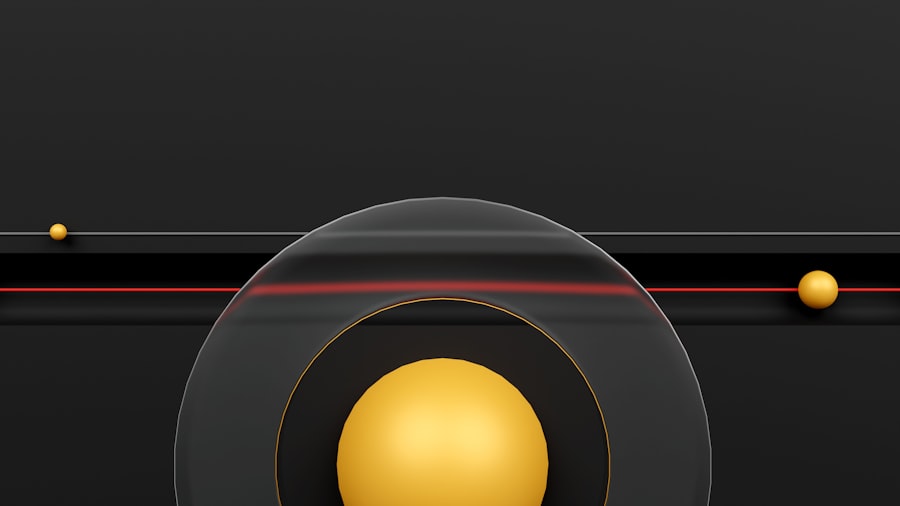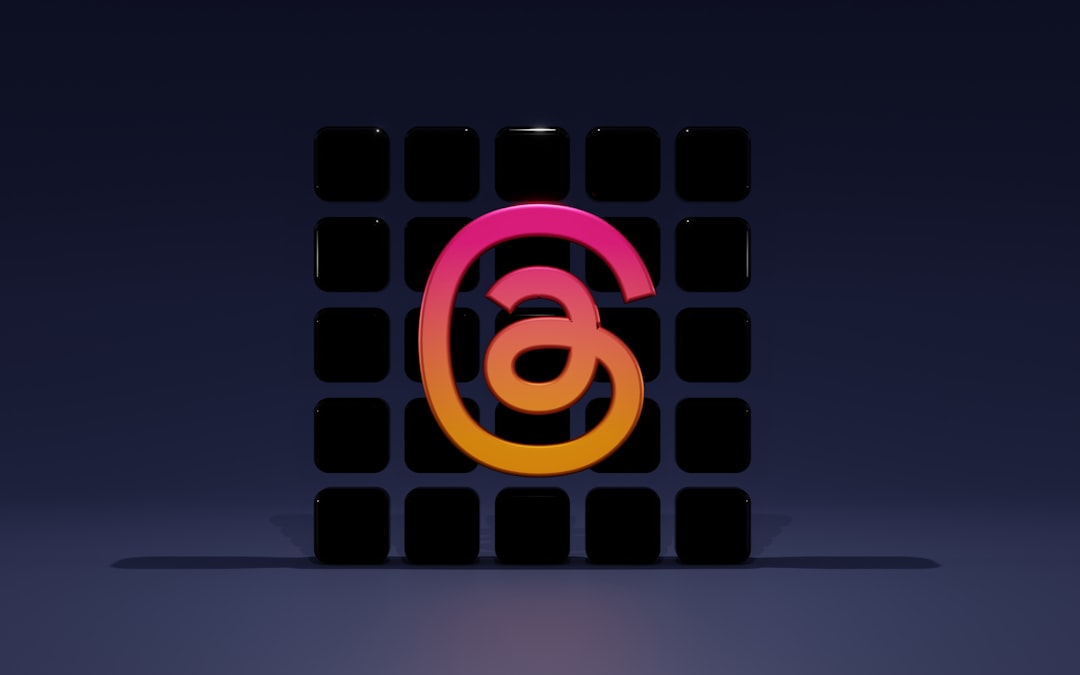MP3, short for MPEG Audio Layer III, is a digital audio encoding format that revolutionized the way we consume music. Developed in the early 1990s, MP3s compress audio files to a fraction of their original size without significantly compromising sound quality. This compression is achieved through a lossy encoding process, which removes certain audio frequencies that are less perceptible to the human ear.
As a result, an MP3 file can be as small as one-tenth the size of a CD-quality audio file, making it incredibly convenient for storage and sharing. The widespread adoption of MP3s has transformed the music industry, enabling users to carry entire libraries of music on portable devices. The popularity of MP3s can also be attributed to their compatibility with a wide range of devices and platforms.
From smartphones and tablets to computers and dedicated music players, MP3 files can be played virtually anywhere. This universality has led to the proliferation of digital music stores and streaming services, allowing users to purchase or stream their favorite tracks with ease. Additionally, the format supports various bit rates, giving users the flexibility to choose between higher quality or smaller file sizes based on their needs.
Understanding these fundamentals is crucial for anyone looking to navigate the world of digital music effectively.
Key Takeaways
- MP3s are a popular audio file format known for their small size and high quality.
- When choosing an app for downloading MP3s, consider factors such as user interface, download speed, and available music library.
- To download MP3s on iPhone, you can use apps like Apple Music, Spotify, or Amazon Music, and follow the app-specific steps for downloading music.
- Organize your MP3s by creating playlists, using tags, and sorting them into folders for easy access.
- Look for high-quality MP3s by checking the bitrate and source of the file, and consider using reputable music platforms for downloads.
Choosing the Right App for Downloading MP3s
When it comes to downloading MP3s, selecting the right application can significantly enhance your experience. There are numerous apps available, each offering unique features tailored to different user preferences. For instance, some applications focus on providing a seamless user interface and easy navigation, while others prioritize advanced features such as playlist management and offline listening capabilities.
Popular choices include dedicated music downloaders like iTunes, which integrates well with Apple devices, and third-party apps like Spotify or SoundCloud that allow users to download tracks for offline listening. In addition to user experience, it’s essential to consider the app’s compatibility with your device and its ability to access a wide range of music sources. Some apps may only allow downloads from specific platforms or may have restrictions on certain types of content.
Furthermore, look for applications that offer robust search functionalities and recommendations based on your listening habits. This can help you discover new music that aligns with your tastes while ensuring that you have access to a diverse library of MP3s.
Steps for Downloading MP3s on iPhone

Downloading MP3s on an iPhone involves a series of straightforward steps that can be accomplished through various applications. One of the most common methods is using iTunes or the Apple Music app. To begin, ensure that you have the latest version of iTunes installed on your computer or that you are subscribed to Apple Music.
Once you have access to these platforms, you can browse through their extensive libraries to find your desired tracks. After locating a song, simply click on the download button, and it will be saved directly to your library. Alternatively, if you prefer using third-party apps, the process may vary slightly depending on the application.
For instance, if you are using an app like Spotify, you will need to have a premium subscription to download songs for offline listening. After subscribing, navigate to your favorite playlists or albums and toggle the download option. The app will then save the MP3 files locally on your device, allowing you to enjoy your music without an internet connection.
Regardless of the method chosen, ensure that your device has sufficient storage space to accommodate new downloads.
Managing and Organizing Your MP3s
| Category | Metrics |
|---|---|
| Number of MP3s | 1000 |
| Storage Space | 10 GB |
| Organizational Structure | Folder-based |
| Metadata Tags | Complete |
| Duplicate Files | 50 |
Once you have downloaded a collection of MP3s, managing and organizing them effectively becomes essential for an enjoyable listening experience. A well-organized library allows for easy access to your favorite tracks and helps prevent frustration when searching for specific songs. One effective strategy is to create playlists based on genres, moods, or occasions.
For example, you might have separate playlists for workout music, relaxing tunes, or party anthems. This categorization not only streamlines your listening experience but also enhances your ability to discover new favorites within each genre. In addition to playlists, consider utilizing metadata tags within your MP3 files.
Metadata includes information such as artist names, album titles, and track numbers, which can be edited using various music management software. By ensuring that all your MP3s are correctly tagged, you can easily sort and filter your library based on different criteria. Many applications also allow you to add album artwork, which can visually enhance your library and make it more appealing when browsing through your collection.
Tips for Finding and Downloading High-Quality MP3s
Finding high-quality MP3s is crucial for audiophiles who appreciate sound fidelity. When searching for music online, it’s important to consider the bit rate of the files you are downloading. Higher bit rates typically indicate better sound quality; for instance, a 320 kbps MP3 will generally sound superior to a 128 kbps version.
Many reputable music platforms provide options for downloading tracks at various bit rates, so always opt for the highest available quality when possible. Another effective strategy is to explore independent artists and lesser-known platforms that may offer high-quality downloads at competitive prices or even for free. Websites like Bandcamp allow artists to set their own prices and often provide lossless formats alongside standard MP3s.
Additionally, consider following music blogs or forums where enthusiasts share recommendations for high-quality downloads. Engaging with communities dedicated to music can lead you to hidden gems that may not be available on mainstream platforms.
Ensuring Legal and Ethical MP3 Downloads

Navigating the world of MP3 downloads requires an understanding of legal and ethical considerations surrounding digital music distribution. It is essential to respect copyright laws and only download music from legitimate sources that have obtained proper licensing agreements with artists and record labels. Engaging in piracy by downloading music from unauthorized sites not only undermines the artists’ efforts but can also expose you to legal repercussions.
To ensure that your downloads are legal and ethical, consider using established platforms such as iTunes, Amazon Music, or Google Play Music that offer licensed content for purchase or streaming. Many artists also provide free downloads directly from their websites or through platforms like SoundCloud and Bandcamp, where they retain control over their work. By supporting artists through legitimate channels, you contribute to their success while enjoying high-quality music without legal concerns.
Troubleshooting Common Issues with MP3 Downloads
Despite the convenience of downloading MP3s, users may encounter various issues during the process. One common problem is insufficient storage space on devices, which can prevent new downloads from being saved. To resolve this issue, regularly review your existing library and delete any tracks or apps that are no longer needed.
Additionally, consider transferring some files to cloud storage solutions or external drives to free up space on your device. Another frequent issue involves compatibility problems between different file formats and applications. If you find that certain MP3s are not playing correctly or are missing metadata information, it may be necessary to convert them into a compatible format using audio conversion software.
Many free tools are available online that can assist with this process while maintaining sound quality. If problems persist despite troubleshooting efforts, consulting user forums or support pages specific to your chosen app can provide valuable insights and solutions.
Exploring Additional Features and Options for MP3s on iPhone
Beyond basic downloading and playback functionalities, many applications offer additional features that enhance the overall experience of managing MP3s on an iPhone. For instance, some apps provide built-in equalizers that allow users to customize sound settings according to their preferences or specific genres of music. This feature can significantly improve audio quality by adjusting bass levels or treble frequencies based on individual tastes.
Moreover, many modern music apps incorporate social sharing options that enable users to share their favorite tracks or playlists with friends directly through social media platforms or messaging services. This not only fosters community engagement but also allows users to discover new music through recommendations from peers. Additionally, features such as lyrics display during playback or integration with smart home devices can further enrich the listening experience by making it more interactive and enjoyable.
In conclusion, understanding the intricacies of MP3 downloads on an iPhone involves navigating various aspects from choosing the right app to managing your library effectively while ensuring legal compliance. By leveraging high-quality sources and utilizing advanced features offered by modern applications, users can create a personalized and enjoyable music experience tailored to their preferences.
If you are looking for a detailed guide on how to download mp3 files on your iPhone, you should check out the article on GetiPhoneInfo.com. This website offers a wealth of information on all things iPhone-related, including tips and tricks for downloading music on your device. For more information, you can visit their website here.
FAQs
What is an MP3 file?
An MP3 file is a type of audio file format that compresses sound data to allow for easy storage and transfer.
How can I download MP3 files to my iPhone?
There are several ways to download MP3 files to your iPhone, including using music streaming apps, purchasing and downloading from online stores, or transferring from your computer using iTunes or other file transfer methods.
Can I download MP3 files directly to my iPhone from the internet?
Yes, you can download MP3 files directly to your iPhone from the internet using a web browser or a download manager app.
Are there any legal considerations when downloading MP3 files to my iPhone?
It is important to ensure that you are downloading MP3 files from legal and authorized sources to avoid copyright infringement. Be sure to only download MP3 files from reputable websites and services.
What apps can I use to download and play MP3 files on my iPhone?
There are many apps available on the App Store that allow you to download and play MP3 files on your iPhone, including Apple Music, Spotify, Amazon Music, and more.
Can I transfer MP3 files from my computer to my iPhone?
Yes, you can transfer MP3 files from your computer to your iPhone using iTunes, iCloud, or other file transfer methods such as AirDrop or third-party file transfer apps.










